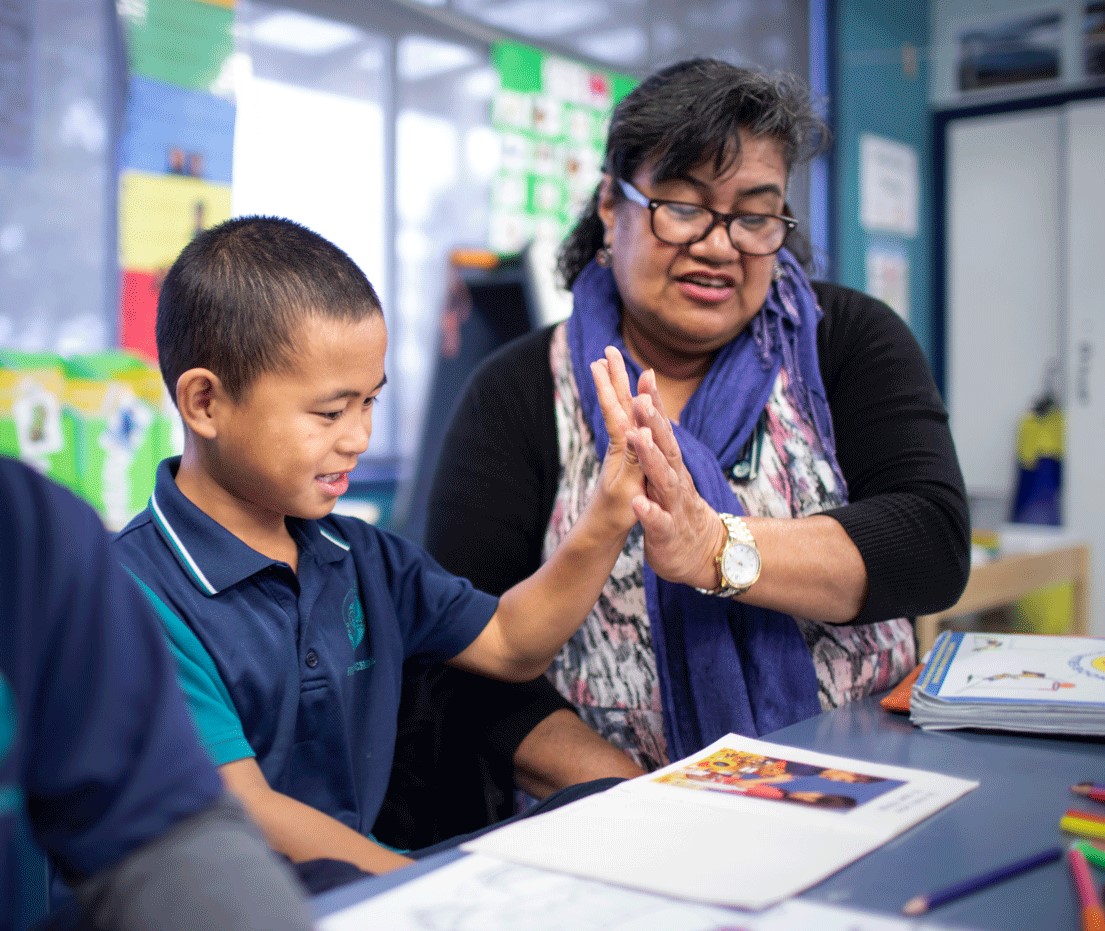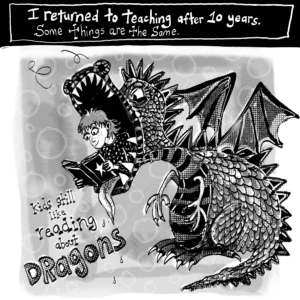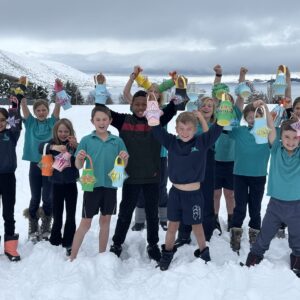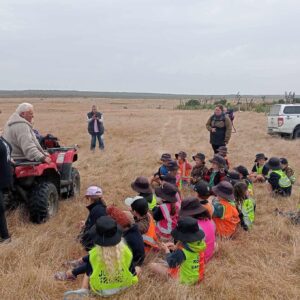“It’s all about empowerment”
Principal Paeariki Johnson uses a “one marae” concept to hold together her remarkably diverse school and its staff.
This means two things, above all: a huge amount of cultural respect, and a very close-knit community – including staff and beyond.
Rongomai School in Ōtara is relatively small, with 190 students – but the site also includes a satellite class and over 80 children at three early childhood education (ECE) centres: one English language, one kōhanga reo and one Cook Islands punanga reo. The school roll is 27% Māori, 69% Pacific Peoples and the rest is a mix of Pākehā and Vietnamese.
This structure has its unique challenges but also opportunities for community connection. “On our school site, we also have three preschools and one satellite class, who each have their own centre leaders and governing boards – but there was very little interaction or engagement between our schools,” explains Johnson.
“I started to notice new staff members in these centres and had no idea who they were, which is why the ‘one marae’ concept became very important. We are all operating on the same site, so I thought, let’s get to know each other more, share resources and be supportive of each other. This is when I decided that, as part of our termly pōwhiri to welcome new staff and students to our site, all new staff and students at any of the other four centres should also join us and be welcomed in the pōwhiri process.
“It takes a lot of work, but we share services and resources, and it all comes back to the community. When one of our ECE centres was to have an ERO visit we were able to tautoko with that by welcoming ERO with a pōwhiri. The ‘one marae’ brings us all closer together.”
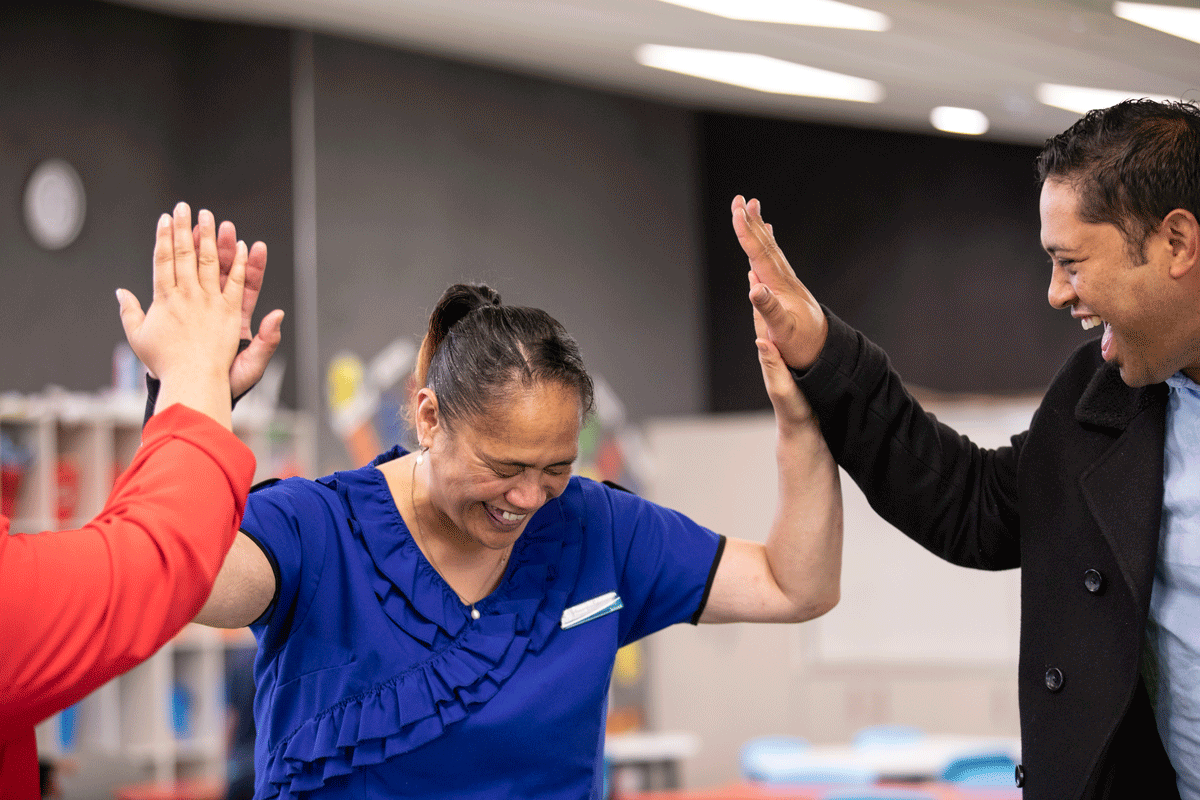
Another important aspect of team-building has been the way the school celebrates Language Weeks. The school has taken something from each language and culture and embedded it in school practice. From Tonga, came the idea of feiloaki– when staff arrive at school, they greet each other with physical contact, like a high five, a peck on the cheek, a hug or a fist bump. “The kids see what we are doing and they do it too.”
From the Cook Islands came no’oanga au, which is a peace chair. During breaks, if a child doesn’t have a friend to play with or is feeling a bit lonely, they can sit on the chair, and this will signal to teachers to go over and comfort them. “It can be any of us. It’s not a teacher-on-duty thing. We can all do this.”
From Samoa has come the practice of beating the drums at the end of lunchtime, signalling to students and staff to return to class for 10 minutes of quiet reflection or devotion. It is known as ta le sā. Anyone caught outside during this time is given an extra duty.
Johnson says parents really appreciate the wider cultural practice: “I love it.”

Johnson is the first Cook Islands principal in Ōtara, where she grew up. Now 25 years into her teaching career, she took over the school in early 2016 after multiple teaching roles, a stint as a deputy principal, and some post-graduate study. She also spent a few years teaching at a youth justice facility, which inspired her move back to mainstream teaching. “We were the ambulance at the bottom of the cliff. They weren’t all low achievers – some were pretty intelligent – but they all hated school. What got me was a couple of students who had been at schools where I had taught when they were little kids. One was not a surprise, coming from a very troubled situation, but the other was.
“I thought maybe I could make more of a difference back in mainstream, get in sooner and hopefully help our young people before they find themselves at the edge of the cliff.”

All this experience means that now, as a leader, Johnson recognises she is not the source of all knowledge, and the school benefits from a flat leadership model.
“When I started, we reviewed a lot. We needed systems and communication processes. It needed to be clear to everybody who you spoke to if, say, you needed to buy an item to teach something from the curriculum.
“It’s not a hierarchy – it’s all about empowerment. People have management units and budgets, and the decision-making stays with them. It’s about trust and building confidence. If we make a mistake, we learn from it.”

When some changes led to grumbling in the staff community, Johnson called a whānau hui – because the staff see themselves as whānau. “I said, ‘What’s going on?’” She listened and wrote things down for senior management, and explained to staff, “‘I’m not here to block ideas, I’m here to build practices and systems so I know what you need.’ I do believe teachers need to offload. People want to be heard and listened to. If there’s a problem, you have to speak to the person you have a problem with first.”
The sense of whānau has spread to include children at the school. “It’s been positive for them. They see that [the staff are] very close, get on well, and no one person is talking up at the top all the time. We all genuinely care for each other,” Johnson says. “The kids love their teachers and they feel safe and comfortable going to any one of our teachers. They’re happy – and it means parents are happy to come into school.”
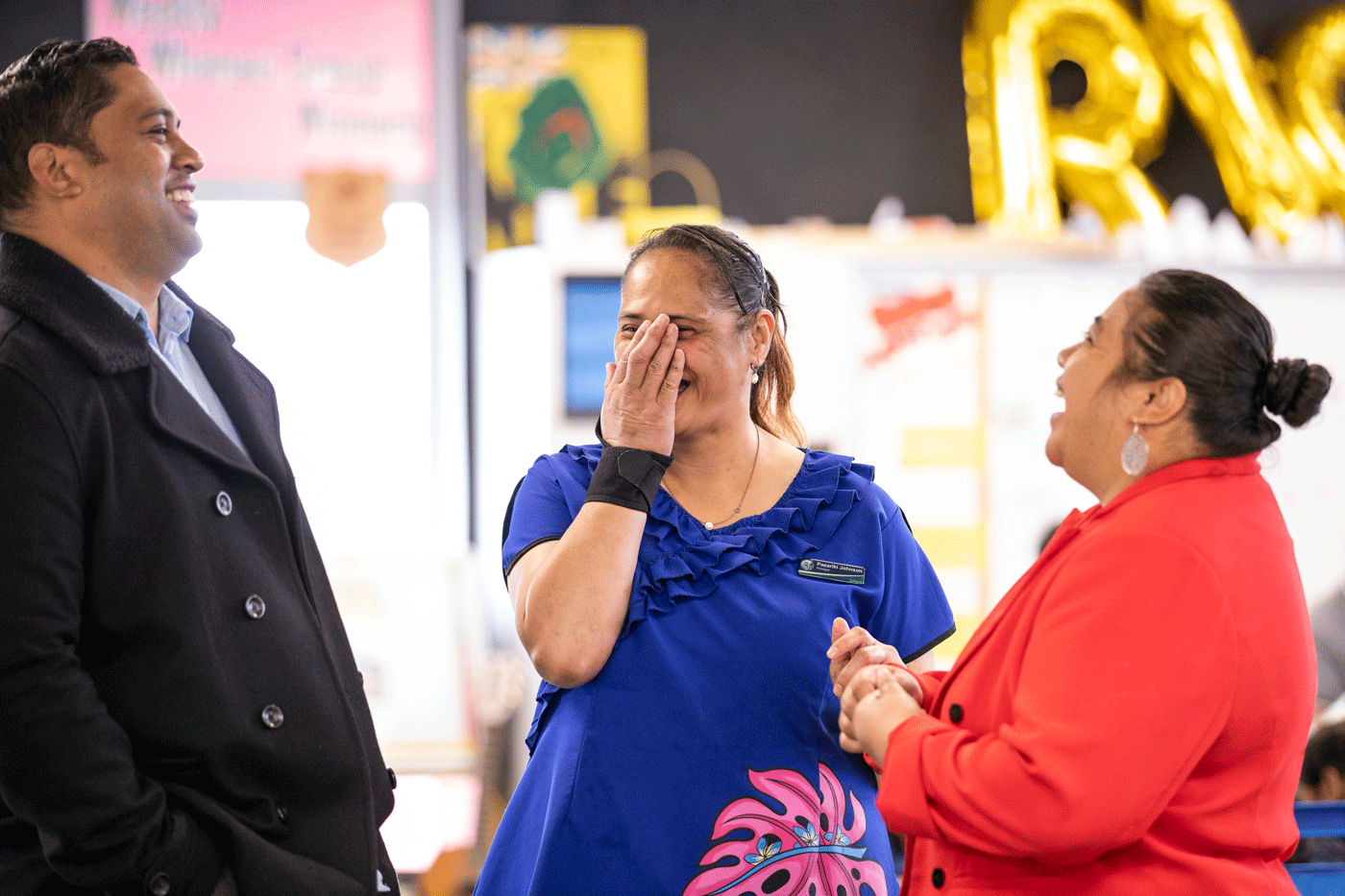
At Pongaroa School in the Tararua District, principal and teacher Jo Mahoney agrees that a strong staff team helps the school connect to whānau. “When staff enjoy coming to school and their school day, parents pick up on it.”
In a rural community, this is crucial. “Usually if there are problems or issues at school, the community is quick to notice. But a well-functioning team is also quick, and is proactive rather than reactive. The community needs to feel welcome to approach the school on any matter pertaining to their child’s education.”
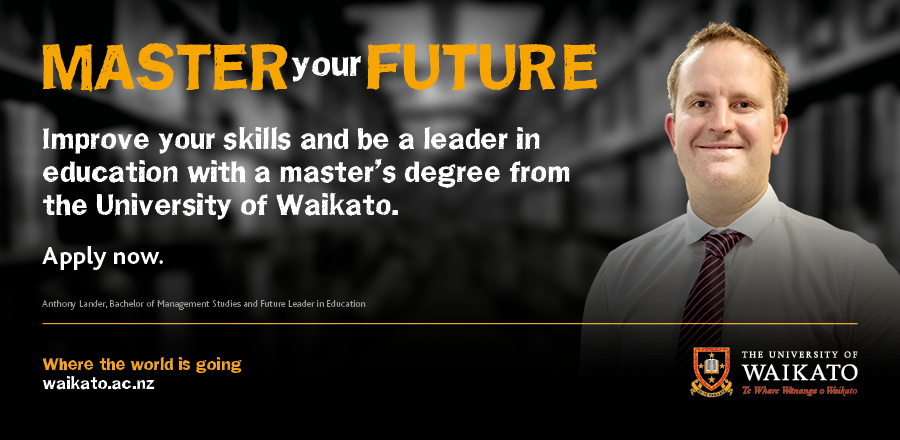
For herself, being the leader in an isolated area brings some challenges, but Mahoney says sources of support include colleagues, the board, her appraiser, a senior Ministry of Education advisor and even a closed Facebook page for principals, where she can read about the issues others face. The school recently decided to leave its Kāhui Ako/Community of Learning to save on workload and travel time. “The particular needs of the school are better met from here. For example, we can organise our own professional learning and development rather than sending teachers miles away.”
Mahoney recommends always being open and honest with staff, valuing them and recognising their strengths, offering support and sharing best practice – “staff feel they can share their issues and get constructive feedback and ideas from their colleagues”. Staff members need to be involved in change and leaders need to be approachable. And, importantly, “Good staff culture is when there’s lots of laughter in the staffroom.”
Trust and loyalty in the 21st century
For Peter Hopwood, who runs a large, full primary in Invercargill, the old-fashioned concepts of trust and loyalty matter. But there’s nothing old-fashioned about the initiatives histeam has taken to make sure Donovan School students have the best possible future.
He says the trick to leading is to not look like a leader. “You want staff to get going and do things – and then they realise they’ve been led: you’ve been leading from the side and from the back.”
Don’t micro-manage, he adds. Let other people lead projects, and not necessarily team leaders; rather, get someone who is passionate about the project. Make sure people have the time and resources they need. And accept that change, especially cultural change, is a long game.
“When people get success, that breeds loyalty – and if you have loyalty, you have everything you need,” he says.
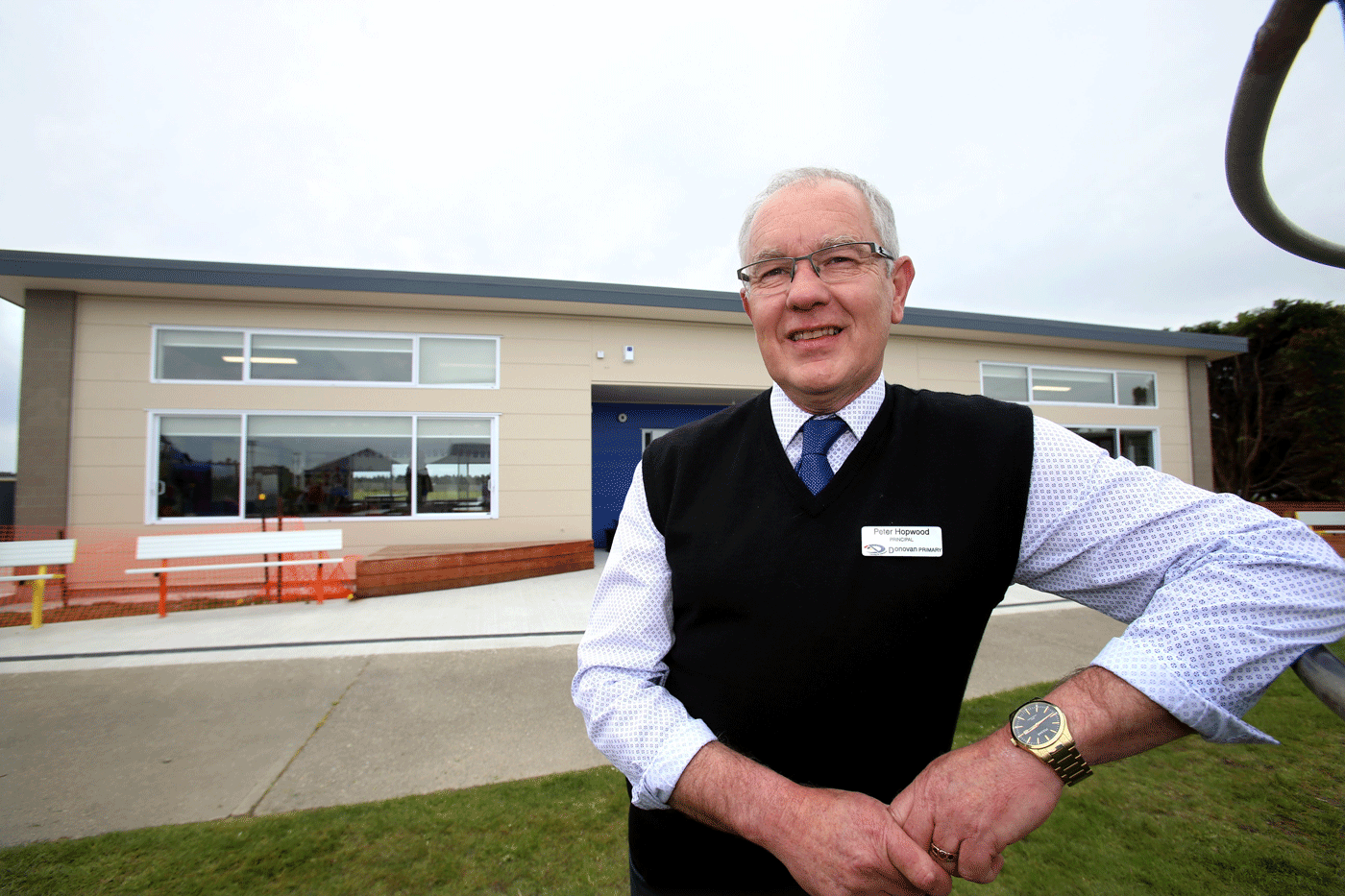
Another essential is having a vision – or a “main thing”, as Hopwood also calls it – and sticking to it. This can be hard to do, because in a school there are so many distractions. “If it’s about the staff and not about the kids, then you’ve lost track and you need to rethink the vision,” he says. “The purpose has to be about having the best practices for children – the most efficient practices in the school environment for children.”
At the same time, Hopwood is demonstrating the behaviour he wants from staff through a set of pointers that are very close to hand: the New Zealand Curriculum. “The key competencies aren’t just for kids – we need to model them ourselves. They’re even in our job descriptions.”
He says that while some of the elements of leadership and community-building can be learnt (time management, organisation and better ways of doing things), it really all comes down to people skills. “If you’re not the kind of person who likes to connect with people, it won’t work.”
When a staff member isn’t motivated or makes mistakes, Hopwood talks first to team leaders. “I always check in with the team – what’s happening in the team around the person? Are they not being supported, are their needs not being met?”
One of the main benefits of a strong staff culture, he says, is that parents feel safe and included in the school. “They sense the joy in the school and you get the trust – then they’ll talk to you. The wider community develops from the inclusion and trust built by the teams of staff.”
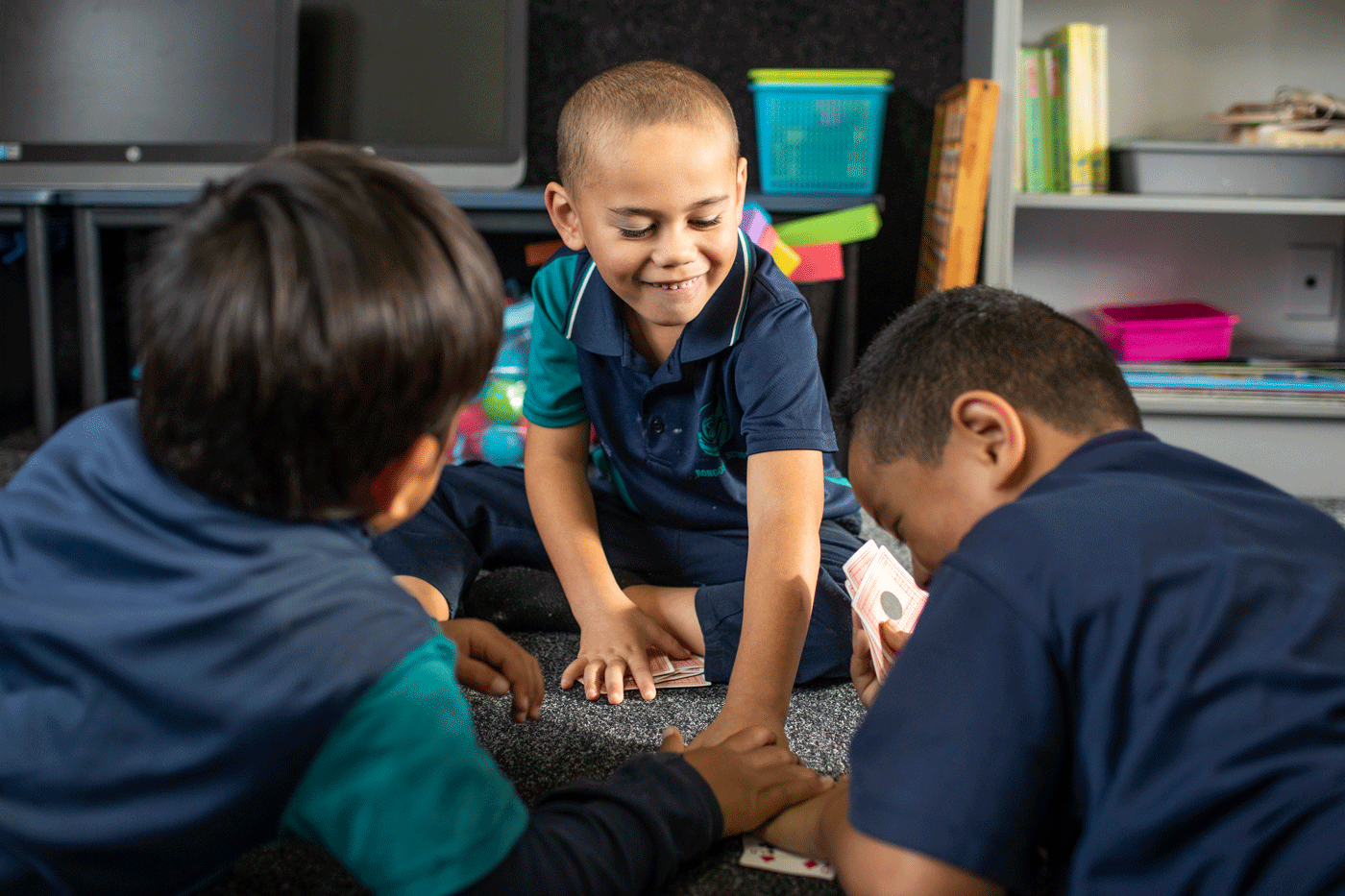
Another rather interesting initiative has also helped. When asked how to sell the idea of community to whānau, especially given the emphasis on individual achievement in some quarters, Hopwood reacts with a smile. “The New Zealand Curriculum is great when it comes to community – but you have to teach and show parents how good it is.”
For the past 18 months, the school has been running curriculum workshops for parents by looking at the education parents want for their children. “They see that, compared to their childhoods, there are more devices, there’s less physical activity, less community – but that children need to be global citizens, adaptable, empathetic and resilient. At the end of the workshops, parents end up wanting the key competencies and art, and all that.
“If you don’t teach parents about the curriculum, how will they know what we’re asking them about? So it’s a bit of teaching, a bit of consulting, then you get lots of ideas. We’ve just finished the process to get a whole new curriculum-based school vision.”
For Hopwood, a community needs to look after each other – but also look ahead. “We talk about creating citizens for the future – and parents get it.”
